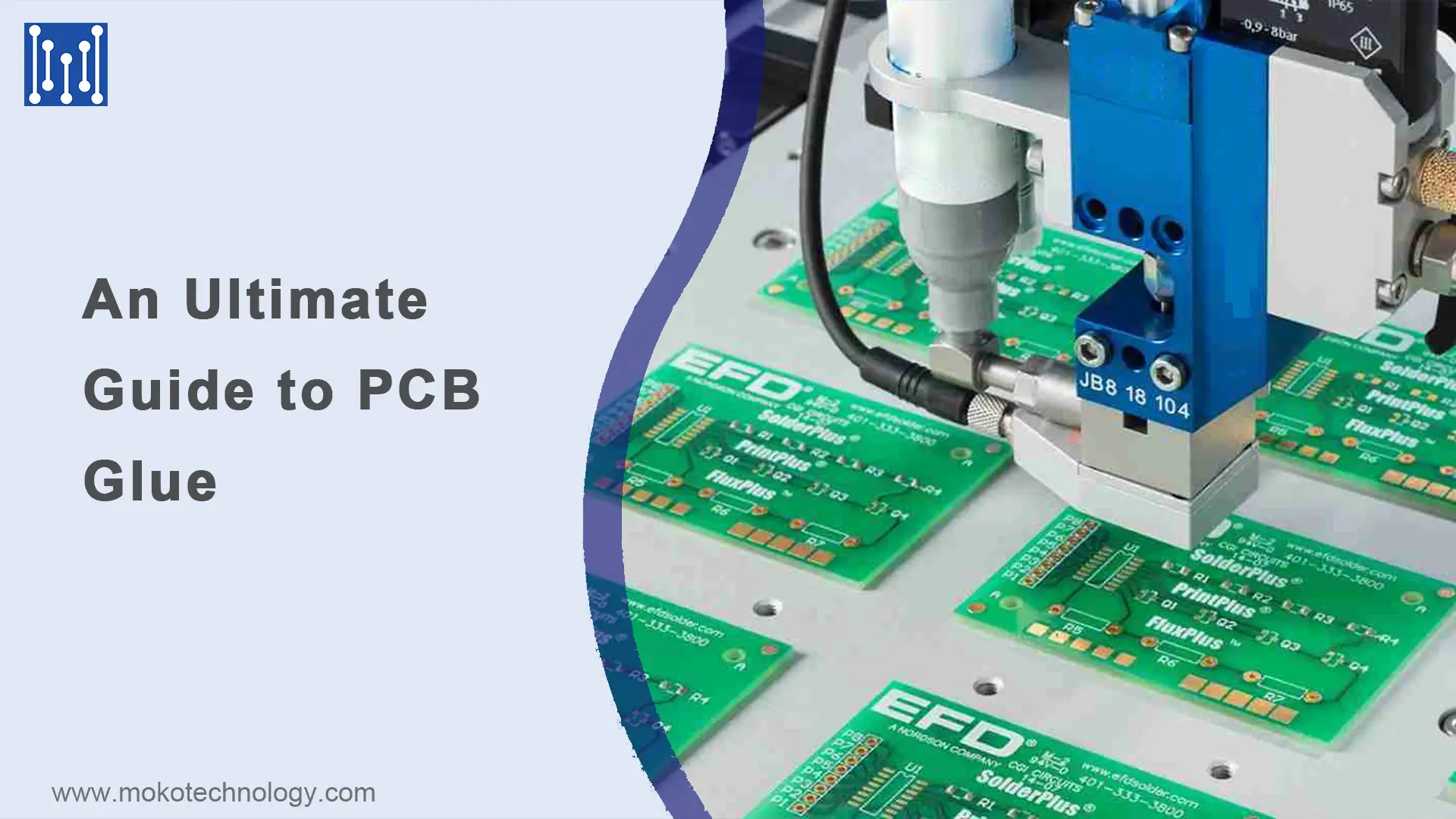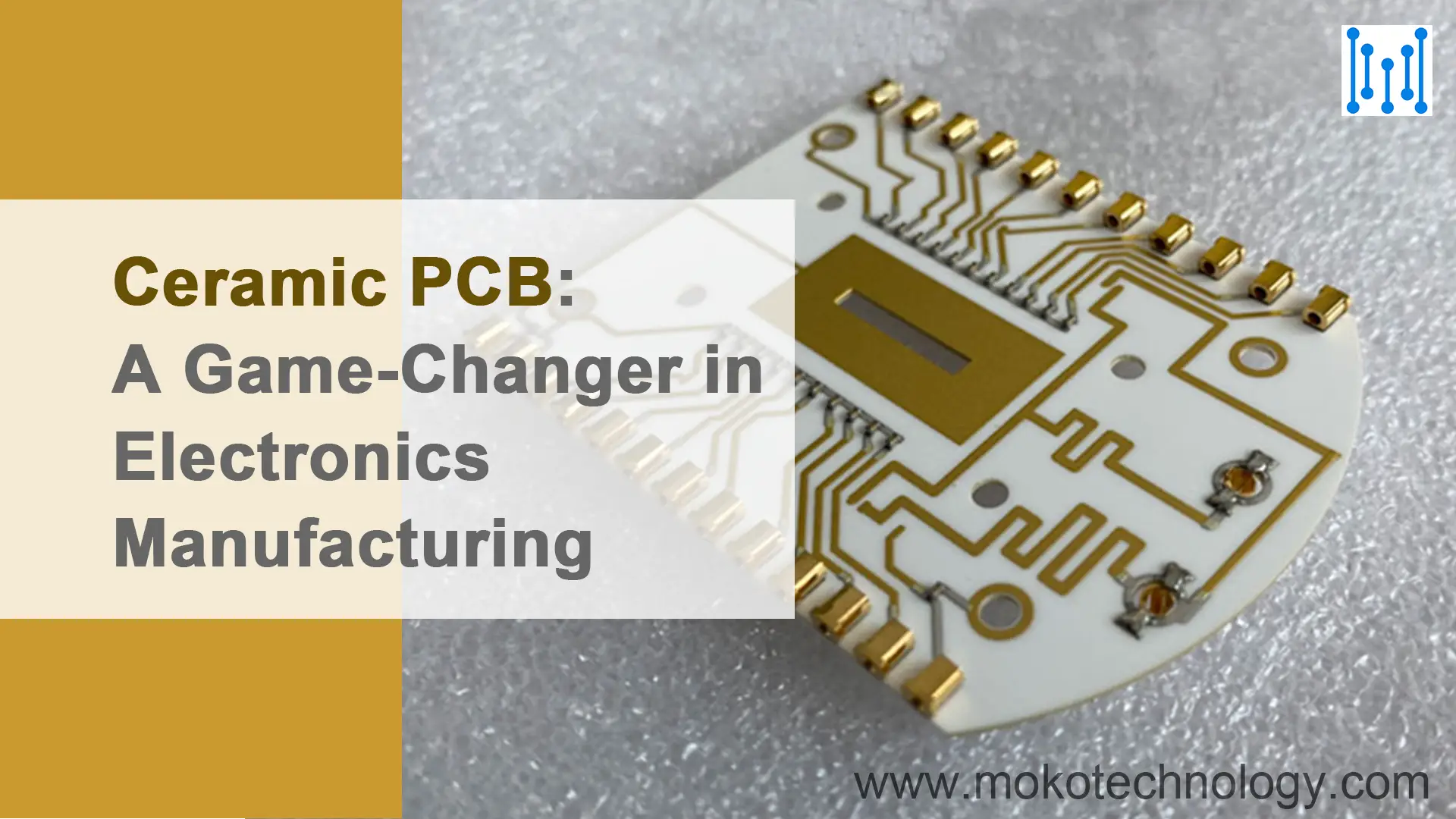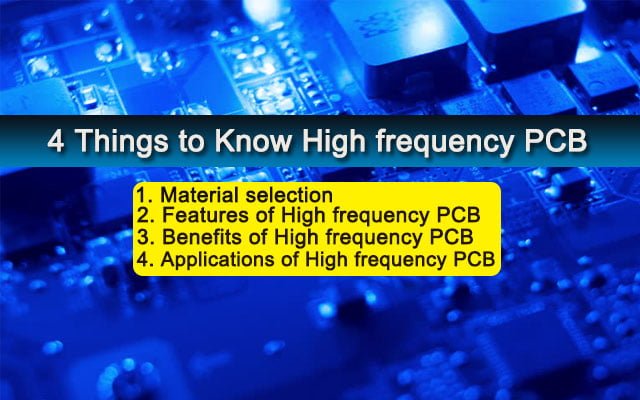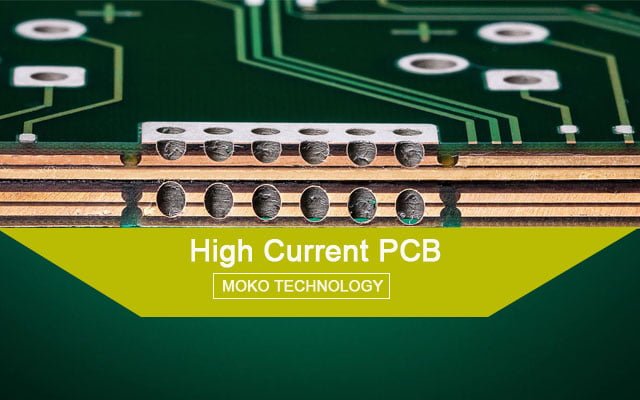If you have carefully examined a PCB board, you may have noticed a layer of material covering its surface. This layer is called PCB glue or adhesive. PCB glue helps to connect and secure various components to the PCB board, ensuring their stability and functionality. In this comprehensive guide, we will delve into the key applications of PCB glue, and different types of adhesives for circuit boards, and discuss methods for removing and reworking PCB glue. Let’s continue reading to explore further.
What is PCB Glue?
PCB glue, also known as PCB adhesive, is a specialized material used in the electronics industry to bond and secure components to printed circuit boards (PCBs). It is a crucial element in the assembly and manufacturing of electronic devices. PCB glue provides a strong and durable bond between the components and the PCB, ensuring their stability, electrical connection, and protection. PCB glue is typically electrically insulating to prevent short circuits and ensure the proper functioning of the electronic components. Additionally, it is often resistant to environmental factors such as moisture, heat, chemicals, and vibrations, providing protection and reliability to the assembled PCB.
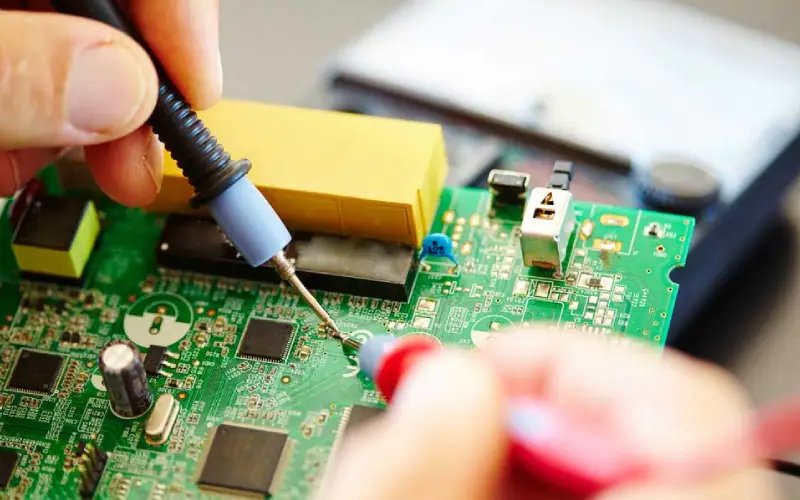
Typical Applications of PCB Glue
Conformal Coatings
One of the primary applications of PCB glue is in the form of conformal coatings. Conformal coatings are thin protective layers applied to PCBs to safeguard them from moisture, chemicals, and other contaminants. These coatings protect the PCB and its components from corrosion, dust, and electrical short circuits. By preventing the intrusion of foreign substances, conformal coatings enhance the longevity and reliability of electronic devices.
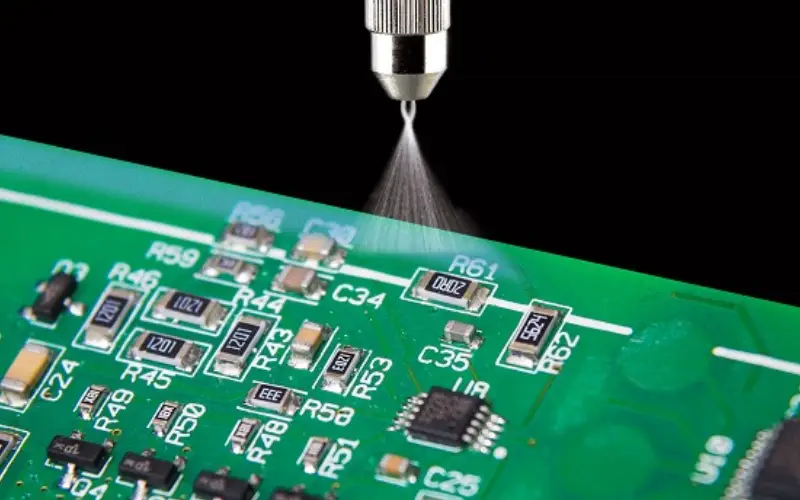
Encapsulation and Potting
PCB glue is also used for encapsulating or potting electronic components. Encapsulation involves covering the entire component with a protective material, while potting refers to filling the space around the component with adhesive. This process provides mechanical support, enhances thermal conductivity, and offers protection against shock and vibration. Encapsulation and potting help to secure and stabilize sensitive components, ensuring their proper functioning in harsh operating conditions.
Wire-Tacking Glues
Wire-tacking glues are another important application of PCB glue. They are used to secure wires or cables to the surface of the PCB. By holding the wires in place, wire-tacking glues prevent them from moving or getting damaged during the operation or transportation of electronic devices. This application ensures proper wire management and prevents issues such as wire fatigue and short circuits.
Surface-Mount Devices (Chip Holding)
PCB glue is extensively used for holding surface-mount devices (SMDs) in place on the PCB. SMDs are miniature electronic components that are directly mounted onto the surface of the PCB. PCB glue provides the necessary adhesion to keep these components firmly attached to the board, even under challenging conditions such as high temperatures and vibrations. This guarantees the dependability and steadfastness of the SMDs during the device’s operation.
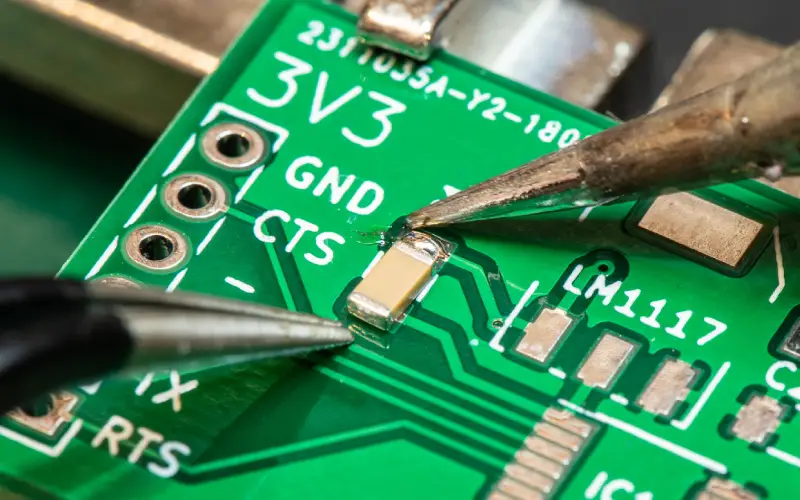
Types of Glue for Circuit Boards
-
Ultraviolet Curing Glues
These glues, as their name implies, undergo curing through exposure to ultraviolet light. They encompass various types such as encapsulants, adhesives, and coatings. It is important to note that they are commonly used in electronics due to their compatibility with the materials involved. Moreover, they offer the advantage of easy curing without the need for temperature relief. When utilizing these glues, you will observe that many of them feature acrylic-based compositions. Additionally, they incorporate photoinitiators, which can be easily activated by intense radiation. However, it is essential to avoid applying thick coats of the adhesive, as ultraviolet light cannot adequately penetrate through them.
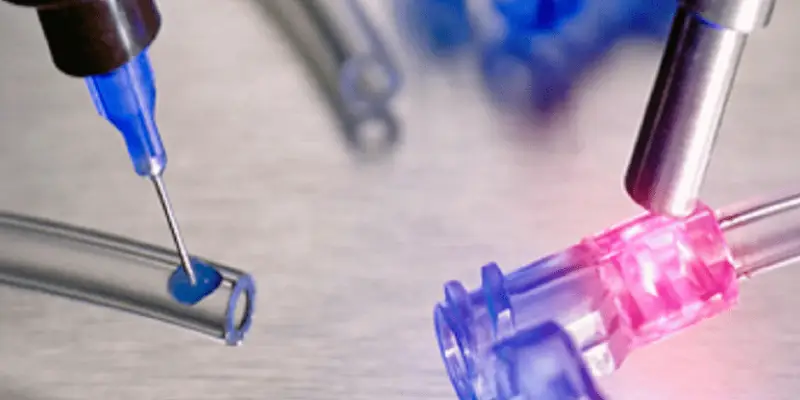
-
Thermally Conductive Glues
Thermally conductive glues are designed to facilitate heat transfer in electronic devices. These adhesives have good thermal conductivity properties, allowing them to efficiently dissipate heat generated by components such as CPUs, power transistors, and LED modules. By using thermally conductive glues, manufacturers can ensure the longevity and reliability of their devices by preventing overheating.
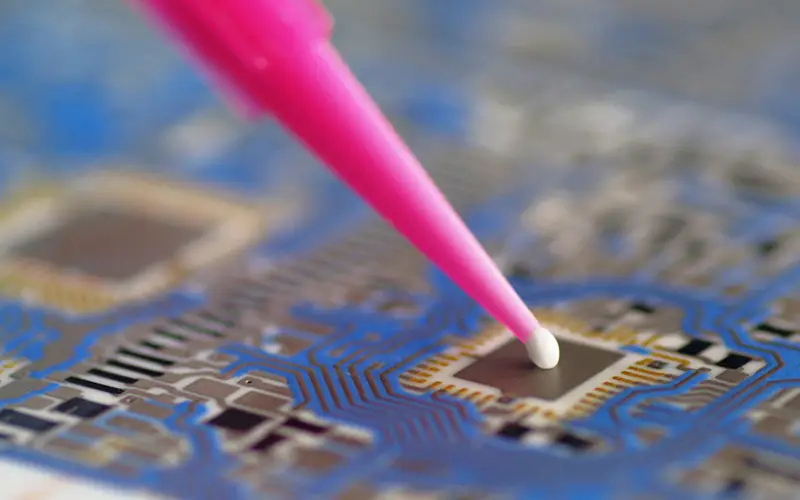
-
Electrically Conductive PCB Adhesive
There are two types of electrically conductive glues: anisotropic and isotropic. Anisotropic glues conduct well in all directions, while isotropic glues conduct only in the upward (z-pivot) direction, making them unidirectional. Isotropic glues are ideal for minimal interconnection. However, it’s important to note that conductive glues cannot be simply applied as patch options. They are incompatible with tin or aluminum, and should not be used in projects with large holes or exposure to wet conditions. The typical method of converting non-conductive glues to electrically conductive materials is by adding suitable fillers, such as carbon, nickel, or silver, to an epoxy resin base. These conductive glues are available in either liquid or pre-formed form.
-
Other glue types
In addition to the common glues mentioned above, there are several other types that remain widely utilized:
- Polyimides
Polyimides are heat-resistant resins capable of withstanding temperatures of 300°C or even higher. This characteristic makes them highly sought-after in various high-tech applications. Polyimides can be used as precursors for Polyamic Acid, but they necessitate laborious and inconvenient restoration processes before they can be shaped into typical heat-resistant materials like polyamides.
- Silicone Resins
Silicone resin can be utilized as an encapsulant or conformal coating, although it primarily functions as a sealant rather than a primary adhesive. Certain silicone formulations offer excellent temperature tolerance, ranging from -60°C to +200°C. However, it’s important to note that some silicone compounds with low molecular weight can adversely affect surfaces over large areas, potentially causing issues with subsequent processes.
- Cyanoacrylates
Cyanoacrylate glues have various uses in modern applications, such as wire attachment. They function as one-part glues that rapidly cure upon exposure to visible moisture. The bonding properties are significantly enhanced by incorporating an activator into these glues.
Removing and Reworking PCB Glue
In certain situations, it becomes necessary to remove or rework PCB glue. This could be due to design changes, repairs, or component replacements. However, removing PCB glue can be a challenging task, as the adhesive is designed to provide strong adhesion. To avoid damaging the PCB or its components, it is important to be cautious and strictly adhere to the correct protocols.
Several methods can be employed to remove PCB glue, depending on the specific adhesive type and PCB material. Mechanical scraping using specialized tools can be used to remove excess glue from the PCB surface. Heat applications, such as using a heat gun or a hot plate, can soften the adhesive, making it easier to remove. Solvent-based solutions designed to dissolve the adhesive can also be used, but caution must be exercised to avoid damaging the PCB or other sensitive components.
When reworking PCB glue, the old adhesive needs to be completely removed before applying a fresh layer. Careful consideration should be given to selecting the appropriate adhesive for rework to ensure compatibility with the existing PCB and components.
Conclusion
PCB glue is an integral part of the electronics industry, providing a reliable method for attaching and securing components to printed circuit boards. By understanding the various types of PCB adhesives and their specific uses, manufacturers can make informed decisions regarding the best adhesive materials to employ for their electronic devices.
With the continuous advancement of technology, PCB glue will continue to play a crucial role in ensuring the stability, durability, and functionality of electronic devices. If you have any questions about PCB glue, please contact us and discuss them together!
